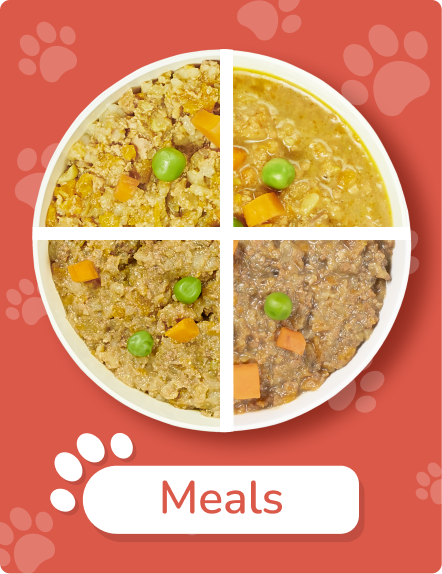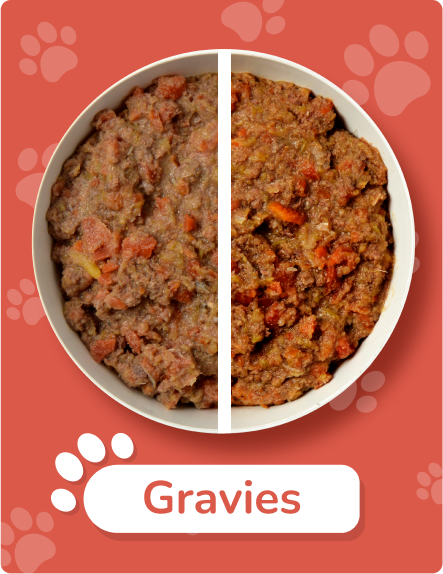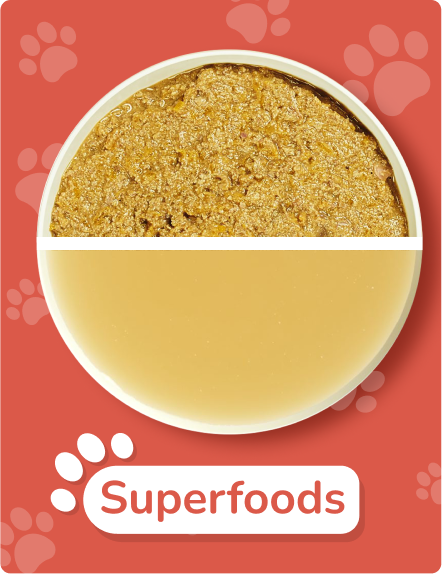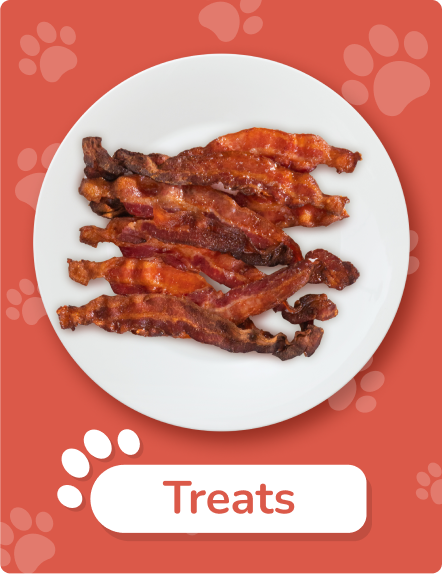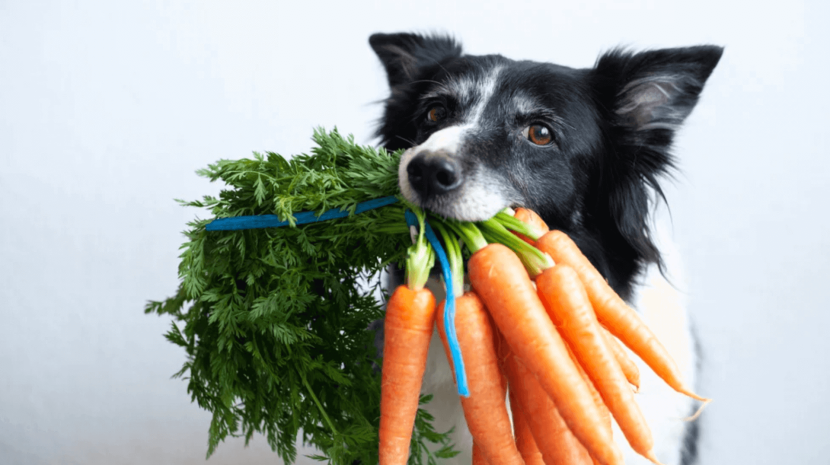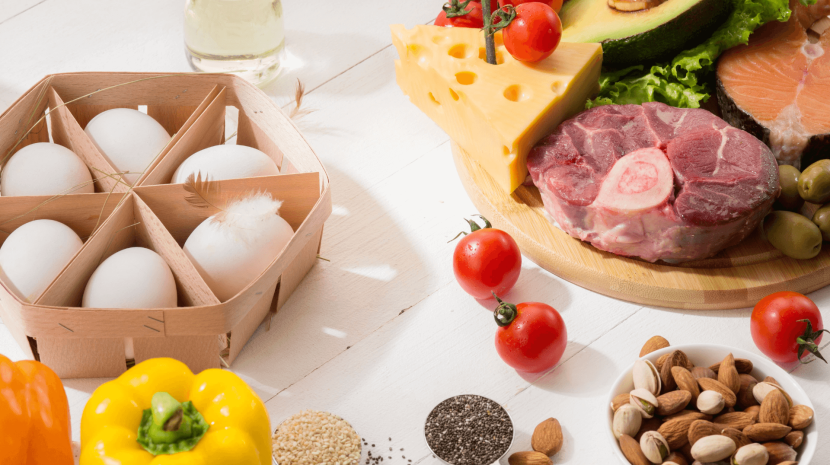The Problem
Whether we like it or not, pain is a part and parcel of life. And especially when it comes to the aches brought on by age, neither we nor our furry friends (as much as we would like to protect them) seem exempt from it. Creaky joints, frequent fractures, restricted mobility, etc become commonplace for so many dogs at some point in their lives. This is mainly due to arthritis, a degenerative joint condition in which the cartilages that cushion bones become brittle. Sadly but truly, arthritis is the most common cause of chronic pain in dogs. And when we consider the fact that it affects nearly 80% of senior doggos, our heart goes out to them. Joint discomfort can also bother dogs of certain breeds (regardless of age) who are genetically predisposed to specific conditions such as hip dysplasia.
But, in spite of these facts, all is not doom and gloom. Thanks are due to glucosamine, the joint elixir that is known to not only bring relief to achy joints but also to keep them at bay.
And just how does it do this?
Let’s find out below!
The Solution
Glucosamine, a compound made up of glucose (a type of sugar) and glutamine (an amino acid), is considered to be the building block of cartilages. These cartilages are the spongy but strong connective tissues that protect bones and joints by acting as shock-absorbers for them. Cartilages, located at bone-endings, also reduce the friction felt by joints when two bones rub against each other. Glucosamine is known to stimulate the growth of these cartilages and also to look after the synovial or joint fluid that is necessary for lubrication.
So far, all’s well.
Here’s where the problem arises: although glucosamine is naturally produced by the body, over time, its levels tend to dwindle. This is what is commonly responsible for the (early) onset of arthritis in dogs. Thus, glucosamine deficiency is more often than not to be blamed for the inflammation, pain and stiffness caused by un-coordinated and ill-lubricated cartilages.
Finally, here comes the silver lining: although glucosamine is a naturally-occurring substance, it can also be supplied externally to dogs suffering from joint distress. Glucosamine-rich foods as well as supplements are what the vet will advise any pet parent whose fur baby has arthritis, joint-related genetic disorder, or has undergone recent surgery (in order to speed recovery).
Unfortunately , glucosamine administered externally cannot reverse the damage caused by degenerative conditions such as arthritis and dysplasia. However, adequate levels of glucosamine in your doggy’s body are required to
a. prevent further damage to cartilage
b. regularly repair the cartilage from the wear and tear caused by daily usage
c. mitigate the painful effects of osteoarthritis (the most common form of arthritis)
d. slow down the progression of degenerative joint diseases
e. decrease the stress brought on the joints due to hip dysplasia
f. help in healing spinal disc injury
g. speed up post-surgery joint recovery
h. promote the water retention and elastic capacities of joints
i. help pups and young dogs keep joint ache at bay
FYI
Many sources of glucosamine which include natural foods as well as over-the-counter supplements (in the form of pills or powders) usually also contain chondroitin. Chondroitin is a component of the cartilage tissue responsible for keeping it free from compression and distortion. The reason glucosamine and chondroitin are paired together is because they complement each other and will work in sync to fight off joint distress in your doggo.
The Types
Before we explore the various naturally occurring sources of glucosamine, let us first try and understand the different kinds of glucosamine.
a. Glucosamine Sulphate: Is the most widely studied and commonly used variant of glucosamine. It is extracted from the shells of shellfish and green lipped mussels. The presence of sulphur makes it the best kind of glucosamine to give your pet. This is because sulphur fulfils an important role inside the joint where it helps stabilise the connective tissue matrix of cartilage, tendon and ligament.
b. Glucosamine Hydrochloride: Is also extracted from shellfish but lacks the sulphur present in glucosamine sulphate. This makes it a tad less effective than the latter. However, certain studies suggest that when consumed in appropriate dosages, it matches its sulphate counterpart in effectiveness.
c. N-Acetyl glucosamine (NAG): Is a slightly modified form of glucosamine. This is because NAG is derived from glucose, which helps in making the synovial (joint) fluid and hyaluronic acid that lubricates joints. The usage of NAG is common, but in supplements targeting gut and skin health. So its effectiveness in curing joint ache may be less than that of glucosamine sulphate and hydrochloride.
Is Glucosamine any Good?
We are assuming the above question has occurred to you at some point or the other. After all, it breaks your heart to see your dog under a virtual house arrest due to their minimal mobility. But as we mentioned above, while feeding your pet glucosamine/chondroitin -rich foods and/or supplements won’t be like flicking a magic wand, yet it is sure to bring about considerable improvement in the state of their physical and mental well-being.
If knowing this is any help: the history of treating achy doggy joints with glucosamine (injections) stretches all the way back to the 1970s. Now, getting glucosamine is much less invasive and expensive thanks to OTC supplements. And there’s always the naturally available foods which can help you increase your pet’s glucosamine/chondroitin levels.
The Sources
While going through the below list, you may also want to check out other foods for maintaining overall joint health in dogs here.
a. Shellfish: These are the purest sources of glucosamine found in nature, and include crab, lobster, shrimp and prawns (glucosamine supplements are made by harvesting their shells). Remember to never feed your pooch any uncooked shellfish as these can contain pathogens. Make sure to also never include any part of the shell as it can cause a choking hazard (here are some more things you should never feed your doggy). If you think your doggy may be allergic to shellfish, it is best to consult the vet.
b. Chicken Bone Broth: Bone broth requires simmering animal bones in water over long periods of time. This results in the best possible extraction of nearly all the nutrients present in the (chicken) bones. This is what makes bone broth one of the surest sources not only of glucosamine and chondroitin but also of protein, collagen and a host of other vitamins and minerals, all of which will aid your pooch in staying at the peak of health (read in detail about the benefits of bone broth here).
c. Sweet Potatoes & Green Peas: Apart from shellfish, it is rather hard to find decent levels of glucosamine in many naturally-occurring foods. That being said, sweet potatoes and green peas are an exception. However, the levels of glucosamine found in them cannot be compared to those present in shellfish. Nonetheless, including these vegetables, like we do in our PetChef Meals, can never hurt your doggo who only stands to gain from the magic substance, regardless of its source!
d. Citrus Fruits: The reason you are reading about citrus fruits in the middle of reading about glucosamine is because the vitamin C present in these fruits is necessary to digest the glucosamine. Hence, feeding your pooch foods rich in vitamin C while you are at work on healing their joints is a good idea. Not least because, as an antioxidant, the vitamin C will fight off the free radicals responsible for making your pooch age faster.
e. Foods high in MSM: MSM (methylsulfonylmethane) is another naturally-occurring substance that is beneficial for your doggy. This is because sulphur is the main component of MSM. As we saw above, sulphur plays a crucial role in making not only glucosamine but also collagen, both of which are necessary for healthy bones and joints. Some of the foods that contain MSM include fresh fruits like apples (remove the seeds and core), leafy greens, tomatoes, whole grains, etc.
Lastly, whereas feeding your doggo these pro-glucosamine foods should ideally not cause any side effects (since these are all considered ‘normal’ dog foods), if any of these foods or the joint supplements prescribed by your vet seem to be causing your pet any trouble (as supplements are known to), please consult the vet immediately.
But when it comes to feeding your pooch with meals prepared inside PetChef’s Kitchen, you needn’t worry of such things! Be it our Meals (with mutton also being a very good source of glucosamine and chondroitin); or the Supper Topper, they are not cooked in water, like other meals, but in our 24-hour bone broth, which you read above is a great source of glucosamine. You can also get our 24-Hour Bone Broth on its own to help hydrate your fur babies or to add to their meals. All of PetChef products will help your doggo achieve optimum glucosamine levels.

